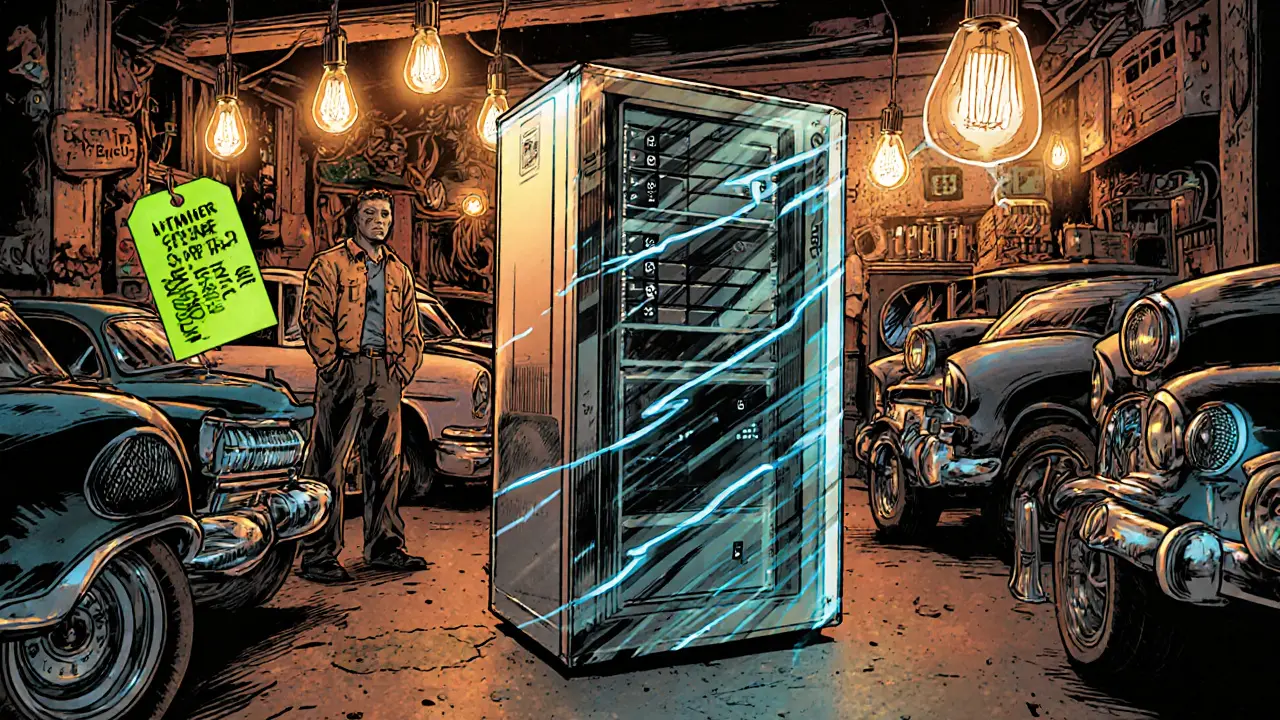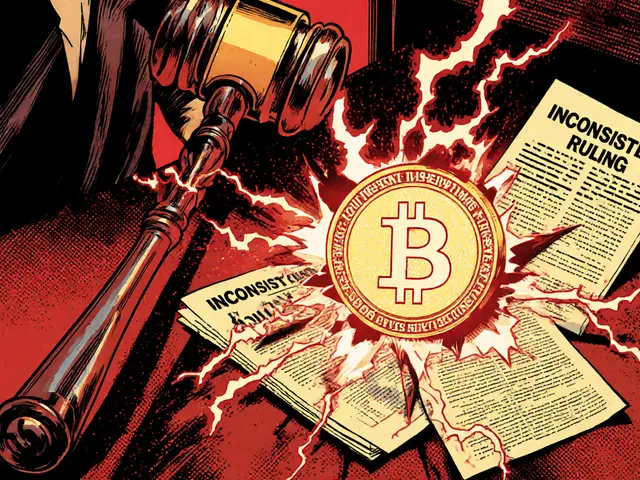Antminer S21e – the go‑to ASIC for serious Bitcoin miners
When you hear the name Antminer S21e, a high‑efficiency ASIC miner designed for Bitcoin mining. Also known as S21e, it delivers a massive hash rate while keeping power draw in check. In plain terms, it’s the machine that lets you compete in the Bitcoin network without blowing your electricity bill.
Every Bitcoin block needs a certain amount of hash rate, the total computational power of all miners working together. That hash rate is what the Antminer S21e contributes to, and it directly ties into mining difficulty, the algorithm that adjusts how hard it is to find a new block. The higher the difficulty, the tougher the competition, which means you need a machine that can churn out hashes fast and efficiently. The S21e fulfills that need by offering up to 110 TH/s of raw power.
But raw power isn’t the whole story. Energy consumption, the electricity a miner uses to run is the second biggest factor in your bottom line. The S21e’s design squeezes more hashes per watt than many older models, which translates to lower operating costs. When you combine a lower energy cost with a high hash rate, you improve mining profitability, the net earnings after electricity and hardware expenses. In short, the S21e’s efficiency lets you stay competitive even when the market swings.
Key factors that shape your mining success
First, look at the network hash rate. As more miners join the Bitcoin network, the total hash rate climbs, prompting the protocol to raise difficulty roughly every two weeks. That adjustment keeps block times steady, but it also means the profit per hash can drop. Owning an Antminer S21e gives you a larger slice of that total hash rate, which helps you stay in the game.
Second, keep an eye on electricity prices in your region. Since the S21e pulls around 3,250 W at peak, a cheap power source can make a dramatic difference. Some miners set up in locations with renewable energy or industrial rates to shave off costs. The machine’s built‑in power‑optimization features, like dynamic frequency scaling, let you fine‑tune performance based on your electricity tariff.
Third, factor in hardware lifespan and maintenance. ASICs are built for a specific algorithm, and the S21e is no exception. Regular firmware updates from Bitmain keep the device stable and often boost efficiency. Planning for a replacement cycle—usually every 18‑24 months—helps you avoid a sudden drop in profitability when newer, faster models hit the market.
Finally, consider pool fees. Solo mining with an S21e is possible, but the variance in block rewards can be high. Joining a mining pool spreads risk and provides more predictable payouts. Choose a pool with low fees and a solid reputation to maximize the earnings your S21e can generate.
All these elements—hash rate, difficulty, energy use, hardware upkeep, and pool selection—interact like a web. The Antminer S21e sits at the center, turning the complex math of Bitcoin mining into a practical, doable operation for both hobbyists and small farms.
Ready to dig deeper? Below you’ll find a curated set of articles that break down everything from the S21e’s technical specs to real‑world profit calculators, plus tips on managing energy costs and staying ahead of difficulty spikes. Dive in and get the most out of your mining rig.






